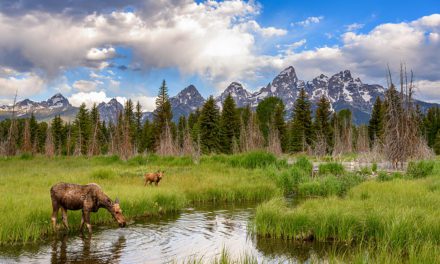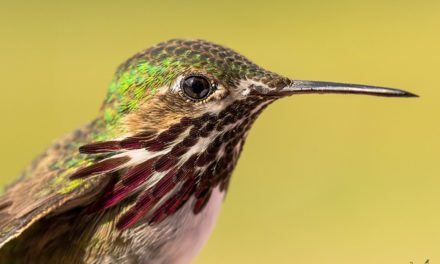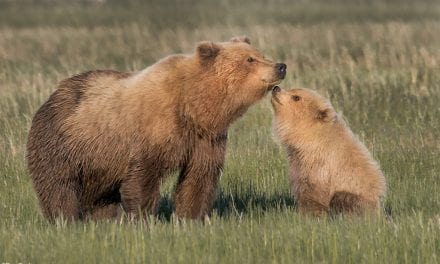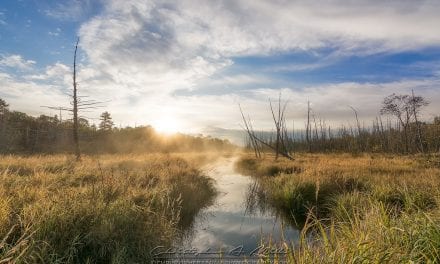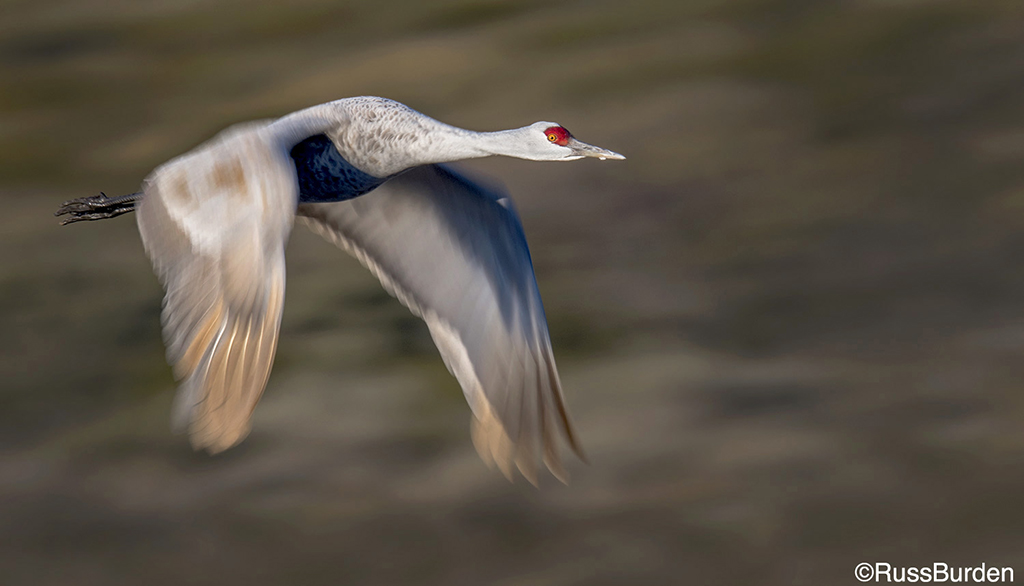
As you know, nature photography isn’t easy. Most of us get excited when we simply see wildlife or a gorgeous landscape. But simply seeing it isn’t why we photograph. We lug our gear and tripods, travel great distances and keep crazy hours because we want the perfect shot. The number of times we encounter perfection is few and far between. But we don’t despair—if perfection isn’t achieved, we persist, head back out and try again. The lure is the challenge. We keep trying because it’s what we love to do. In this week’s tip, I present 10 of my top criteria toward which we should strive to capture action.
Nature photography is rewarding. It’s wonderful to capture a great portrait in early or late light yet as gear gets better and more photographers accomplish this feat, it’s time to raise the bar. The way I suggest you do this is to seek great action, movement and various forms of motion in your images. To capture nature “doing something” brings the image to the next level. This being said, the rules and guidelines of a perfect wildlife portrait still apply. Just because a photographer captures a photo that depicts locomotion doesn’t excuse poor technique.
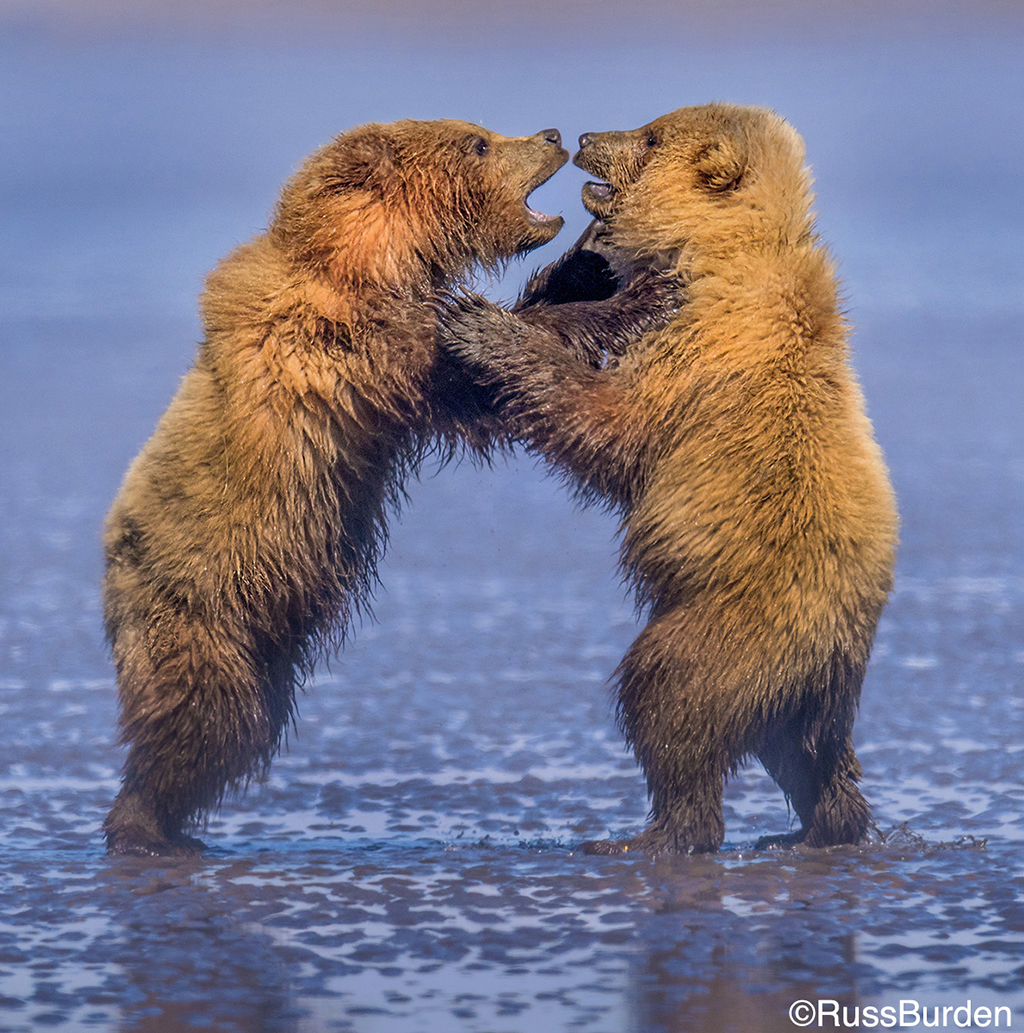
1. Backgrounds, Mergers And The Decisive Moment
In the image of the two upright bear cubs, I point to the position of the two mouths, the out-of-focus background and the instant at which the image was made. The faces draw in the viewer—be aware the key parts of each mouth are separated by blue. If they merged, the image wouldn’t have the same impact. Secondly, note the background is out of focus in comparison to their feet. I used a long lens and wide-open aperture. Third, the moment at which the shutter fired was when both bear’s faces were perpendicular to me—not turned away. It’s important the viewer sees facial features and expressions.
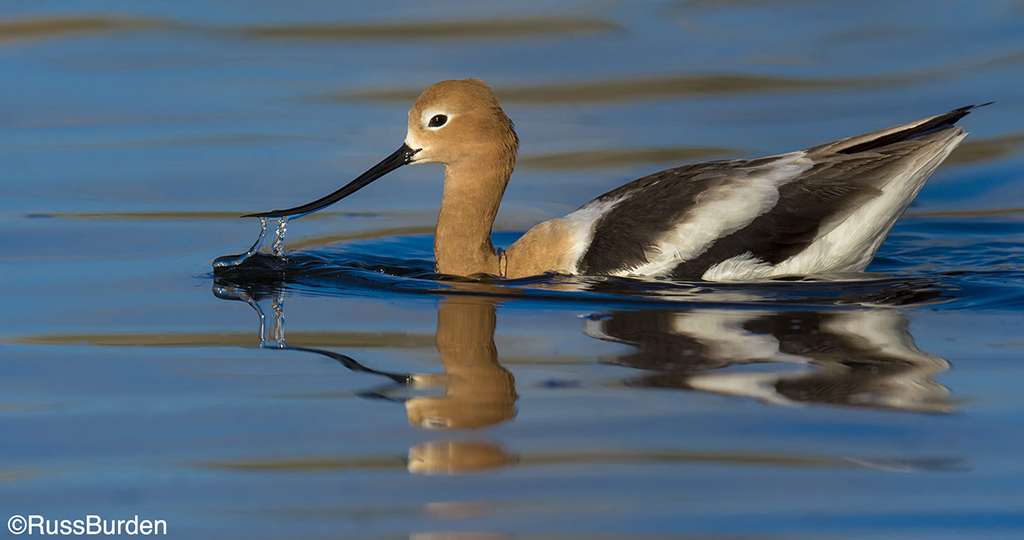
2. Get Low And Freeze the Action
The photo of the avocet and reflection was made on my belly while I laid on the grass. The low angle put the subject and me on the same level. To “look down” on an animal tells the viewer the subject has inferior status. I also used a high shutter speed in conjunction with a wide aperture to freeze all movement. It was important the bird remained perpendicular to maintain sharpness throughout. When the avocet dipped its bill into the water, I began to fire the shutter. This frame was the best.
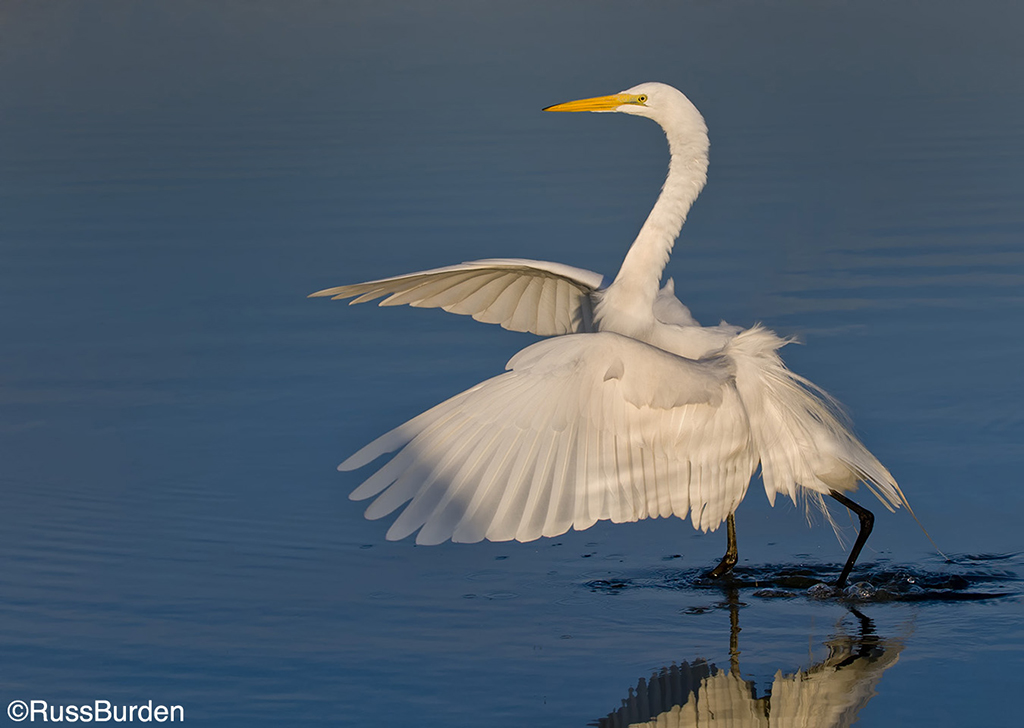
3. Edge Of Light, Motor Drive
Good light is extremely important. There are ways to utilize it that are special. Note that the egret is about to walk into the shade. Whenever possible, use “the edge of light” to enhance your images. I had my motor drive set to high (10 fps) to make sure I captured the exact moment. High-speed drive is basically a given when action photos are the goal.
4. Panning
The key to panning is to sharply render the most important feature of the subject. If everything is soft, the photo becomes totally abstract rather than looking like the photographer wanted to intentionally reveal exaggerated motion. It often takes many frames to get one good panning image. Don’t give up. The speed at which the subject moves dictates the approximate shutter speed. Every situation is different, so experiment and keep good notes.
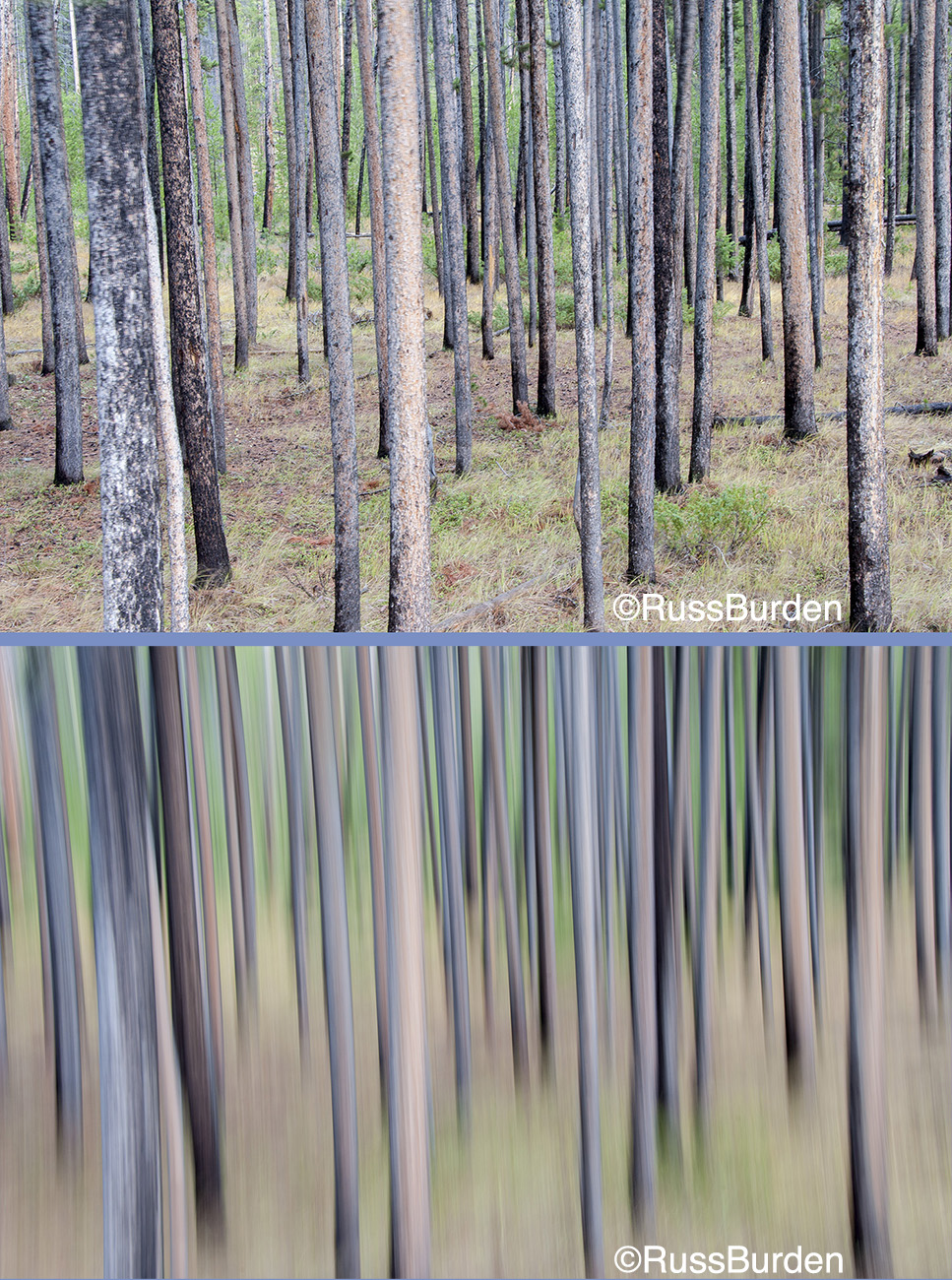
5a. Abstract Scenic Blurs
Impart motion to stationary subjects. In the top image of the lodgepole pine trunks, I placed my camera on a tripod with a pan and tilt head. I stopped down the aperture to ƒ/22 to cover the depth of field and to obtain a slow exposure of 1 second. For the bottom image, I loosened the knob that allows the head to pan vertically. During the 1 second exposure, I slowly moved the head upward using very fluid motion.
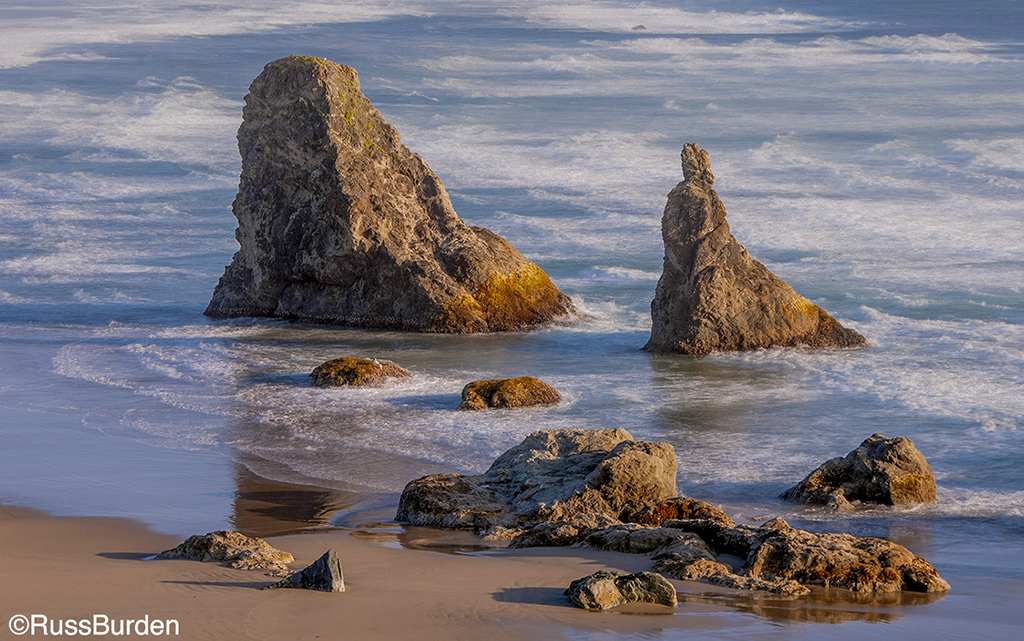
5b. Multiple Exposures
Another scenic technique that shows movement in partly stationary subjects is to use multiple exposures. For the seascape, I set the camera to 10 exposures over a three-second duration. The camera’s technology factored in the exposure, so it was easy. It allowed for more action in the ocean waves. It was low tide and calm, so I made the water more active using the multiple exposures feature.
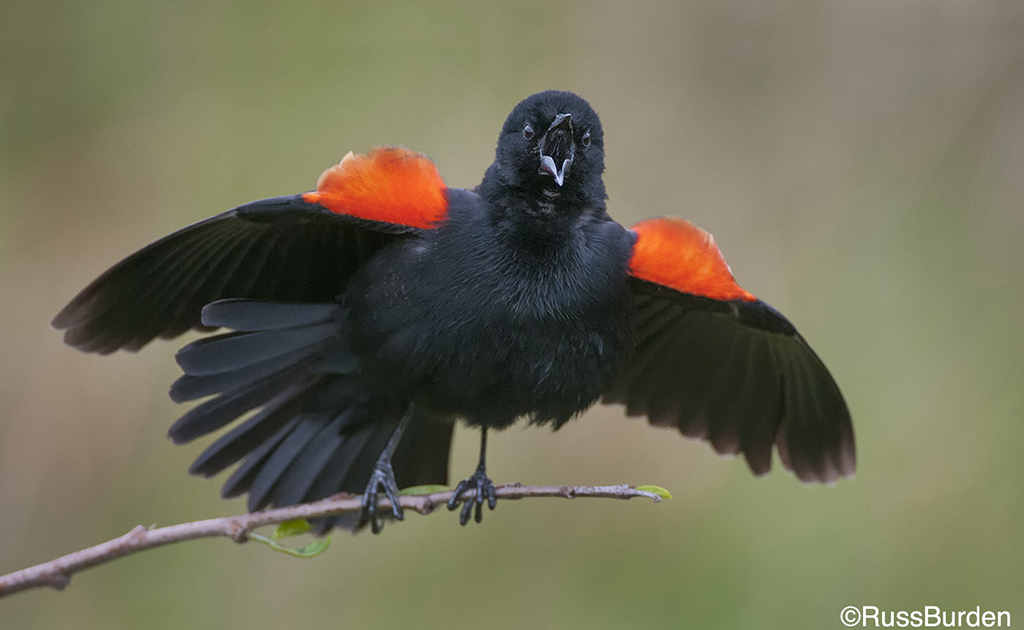
6. Aperture And Focus Point Importance
The blackbird was photographed with a 400mm at ƒ/4. The magnification was extreme, so my focus had to be absolutely critical. At ƒ/4 and 400mm, the focus is very shallow when close to a subject. I set the focus point to Dynamic and Continuous so it would stay on the face of the bird if it moved. When it began calling, the focus point followed the eye, so even though it was centered when the bird was at rest, the focus point followed it when it moved.
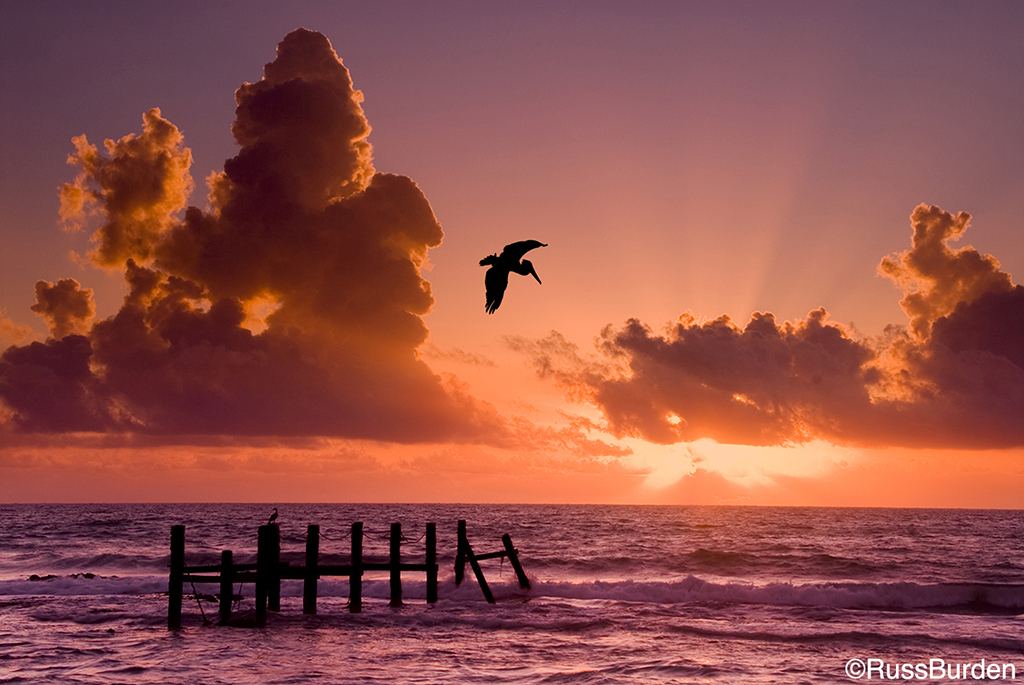
7. Shoot Wide
Animal images don’t have to be made with long lenses. As a matter of fact, I encourage you to try something other than the norm. In the image of the sunset and pelican, I used a wider-than-normal lens to take in the entire scene. As the pelican flew in and out, I stayed on the motor drive and was happy with where the bird appeared in this photo—no merger with the clouds in the background.
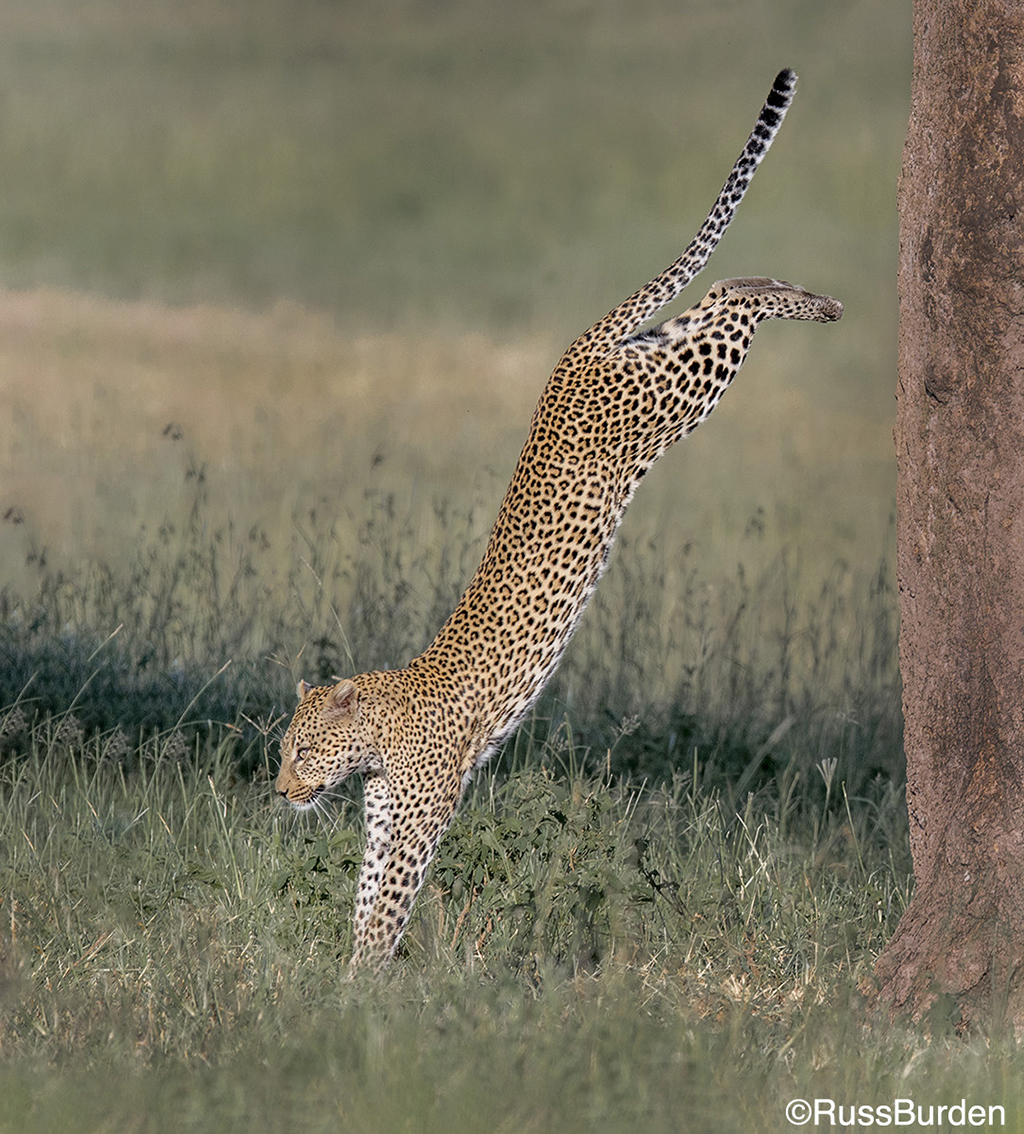
8. Pre And Follow Focus
We spotted a leopard in a tree and hoped it would climb down in late light to begin to hunt. We were thrilled when it became active as the sun began to lower. I present this image to point out the importance of beginning to follow focus before the subject gets to the optimum point of action and after once it does. Before allows the focus to lock on and after is important in case the subject continues to do something great.
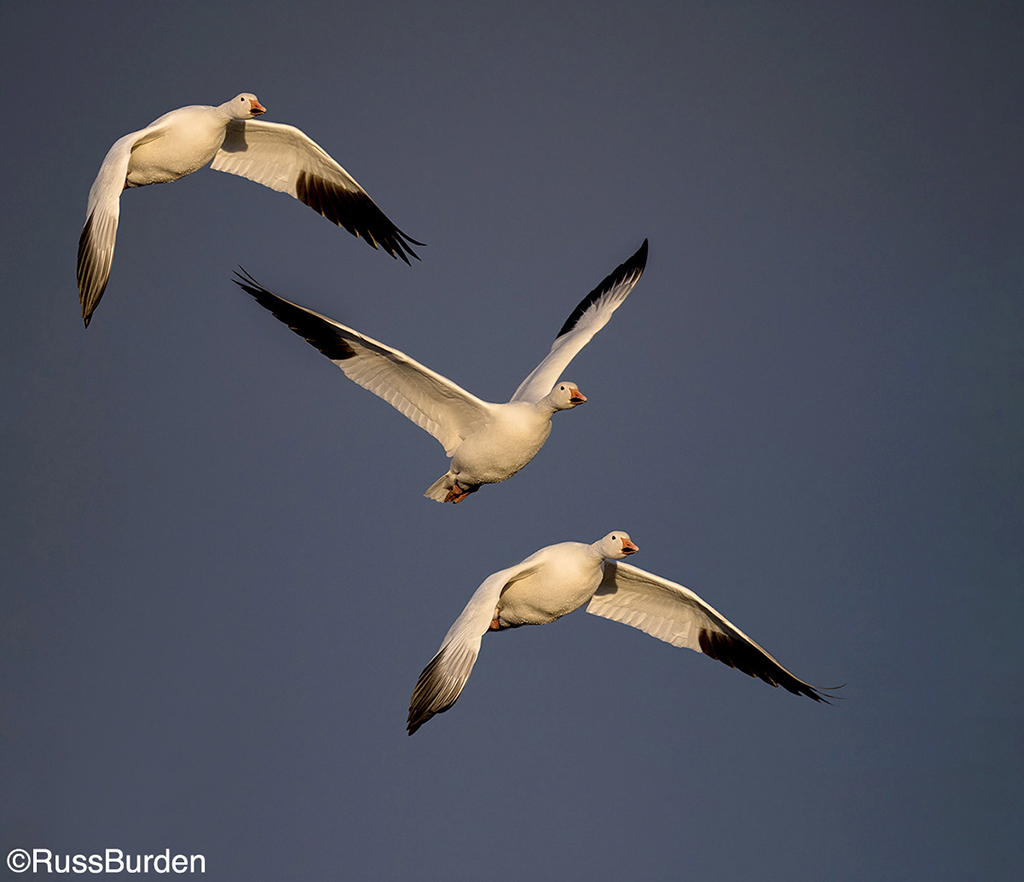
9. Odd Number And Storm Light
In number three above, I mentioned the importance of dramatic light. One of the conditions in which I could photograph all the time is storm light. I was in Bosque del Apache for the winter arrival of snow geese and suddenly, clouds rolled in toward sunset. As some of the geese took flight, a small window opened and the birds flew into patches of sun. Another important aspect when you make photos of multiple subjects is to seek out odd numbers. I love to include either three or five. It keeps the viewer engaged looking around the entire photo. With an even number of subjects, the viewer unconsciously goes back and forth between the two, four or six animals while with odd numbers of subjects, viewers unconsciously create visual flow.
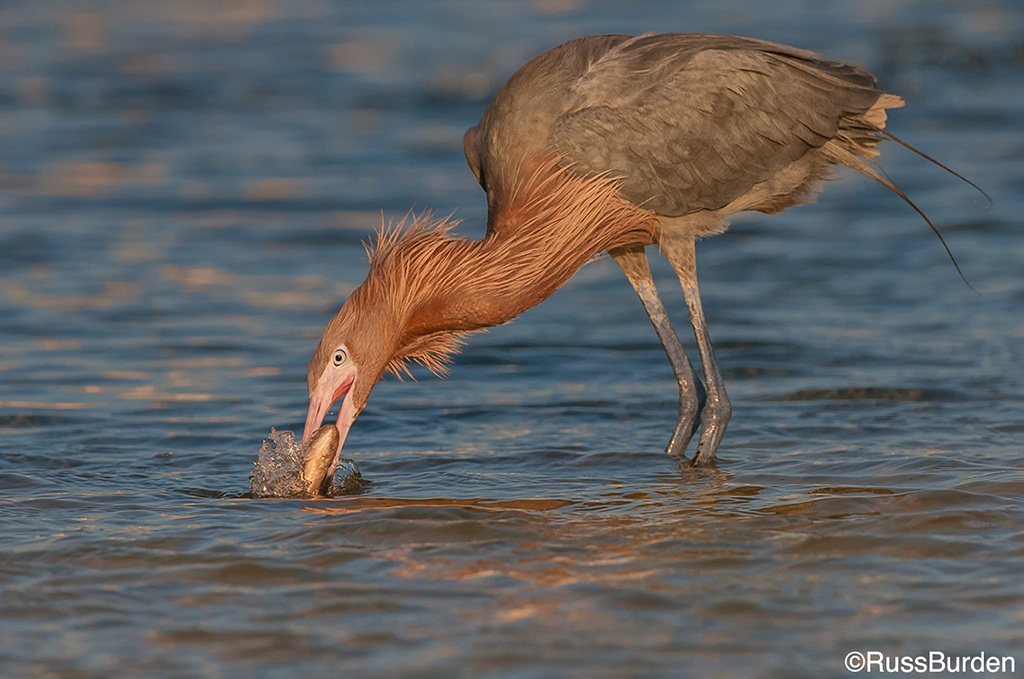
10. Display Behavior
When animals hunt and/or feed, action is high. As often as possible, try to seek this behavior and capture it early or late light in the day when the light is optimum. It’s easier said than done, so be persistent. Get familiar with the subject you intend to photograph to try to predict when it will move, walk, run, hunt, etc. Lastly, know your gear inside out so you don’t fumble over controls when the action is peak. Unfortunately, the animals won’t provide a “take two” if you miss it.
A photographer may encounter beginner’s luck and come across one or more of the above situations early in their career, but as time goes on, each will discover they were blessed that day. That day will be more and more appreciated as time goes on. Be persistent and stay at it. After all, it is all about the challenge.
Feel free to explore more of my photography at my website: www.russburdenphotography.com or visit my SmugMug page: https://russburden.smugmug.com.
The post 10 Action In Nature Quick Tips appeared first on Outdoor Photographer.











